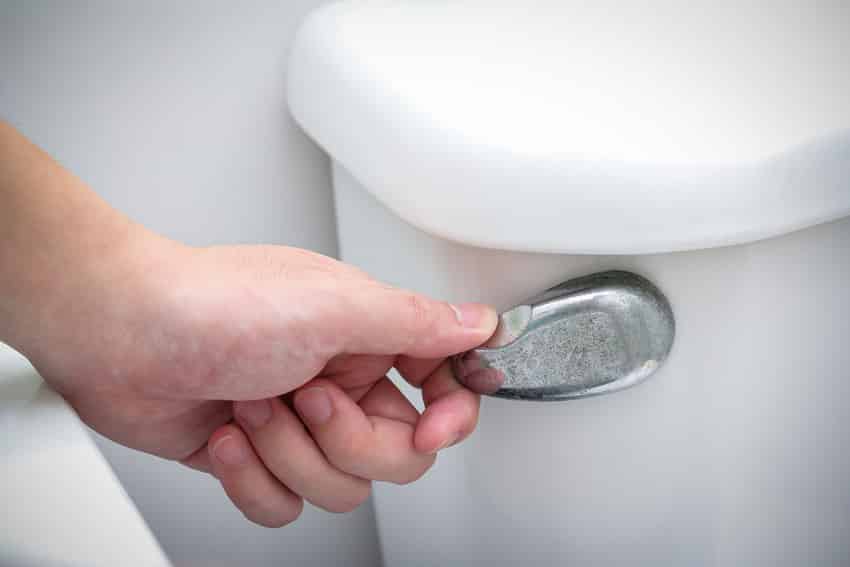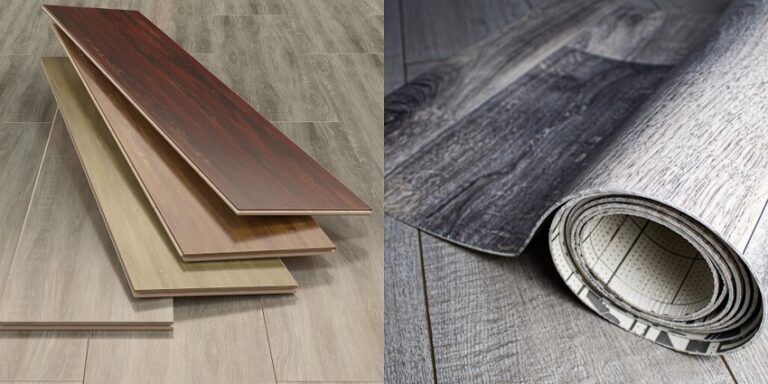Types of Toilet Flush Systems (Pros and Cons)
The guide to the types of toilet flush systems pros and cons including siphon, tankless, dual valves, and more, plus how to make the toilet flush stronger.
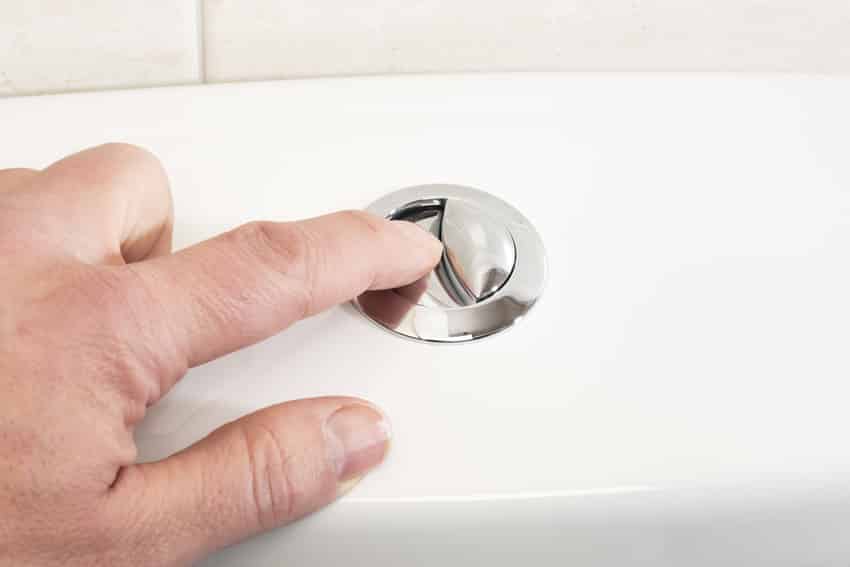 The flush function in our toilets has been around for centuries now. Since the first time it has been introduced, it has gone through some pretty revolutionary upgrades and innovations.
The flush function in our toilets has been around for centuries now. Since the first time it has been introduced, it has gone through some pretty revolutionary upgrades and innovations.
More and more toilet manufacturers have upped their game and come up with toilets that use less water yet still maintain a nice and powerful flush.
The common flush toilet comes with a gravity flush system, while the upgraded ones have had some features tweaked to improve the overall toilet performance.
Types Of Toilet Flush Systems
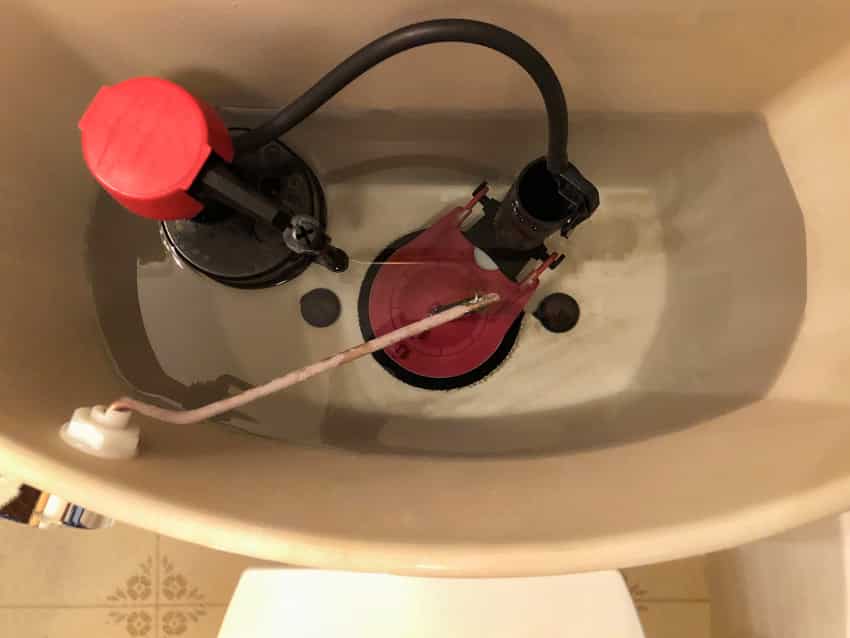
Ballcock & Plunger Flush System
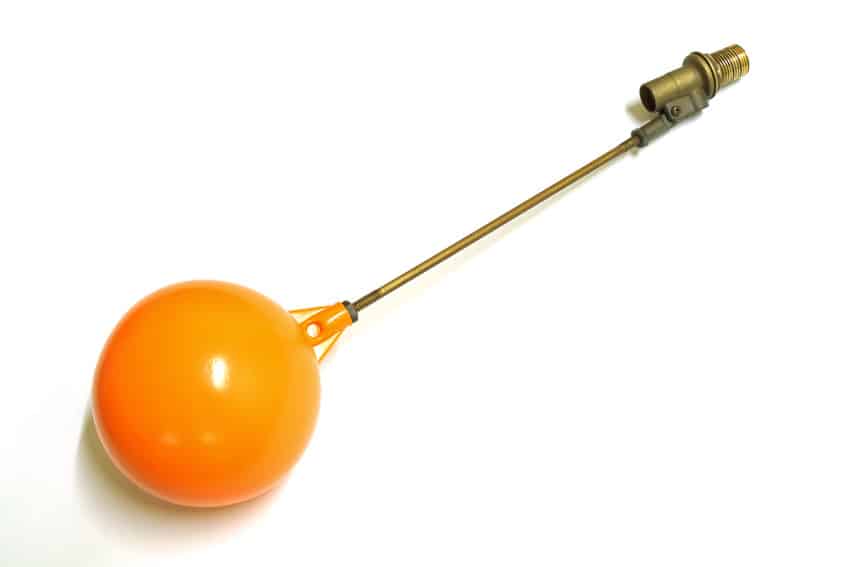
The ballcock is a floating ball that’s attached to a rod. When the rod moves, it then activates the plunger which either fills or empties water from the toilet tank.
A downside to this type of flush system is that it’s quite dependent on the water level; it wouldn’t function properly if there happens to be too little water.
Another possible issue to this is when the shut off valve is set high. This causes the shut off mechanism to fail, making the water run off and overflow out of the tank.
Flapper Flush Valve
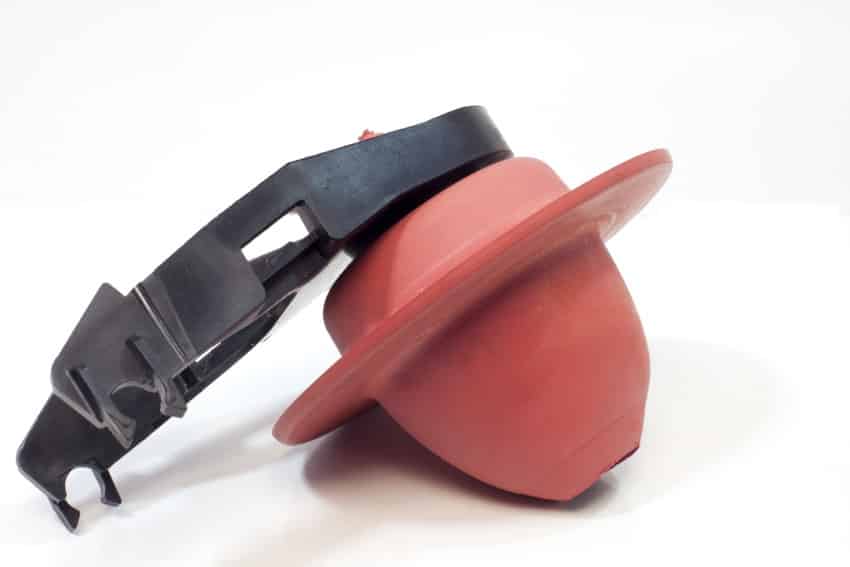
From the inside, it’s pulled from its seat through a chain which allows the water to flow down from the tank to the toilet bowl. Once the water level drops, the flapper will not be able to float, allowing the tank to refill for the next flush.
The only downside to this is that it can be slow in refilling the tank in between flushes.
Siphon Flush
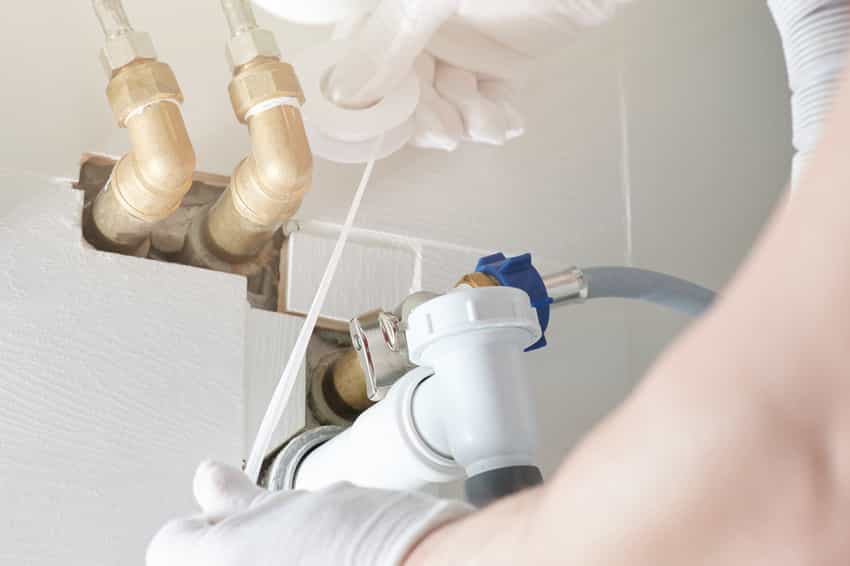
This is due to the vacuum seal in its mechanism being broken. The flush button is at the top of the tank and when triggered, it opens up the flush valve, giving the water passage through the toilet bowl.
A common issue with this type of flush system is that the trapway is quite narrow and can at times get clogged. However, this can be easily remedied by keeping a plunger handy.
Gravity Flush
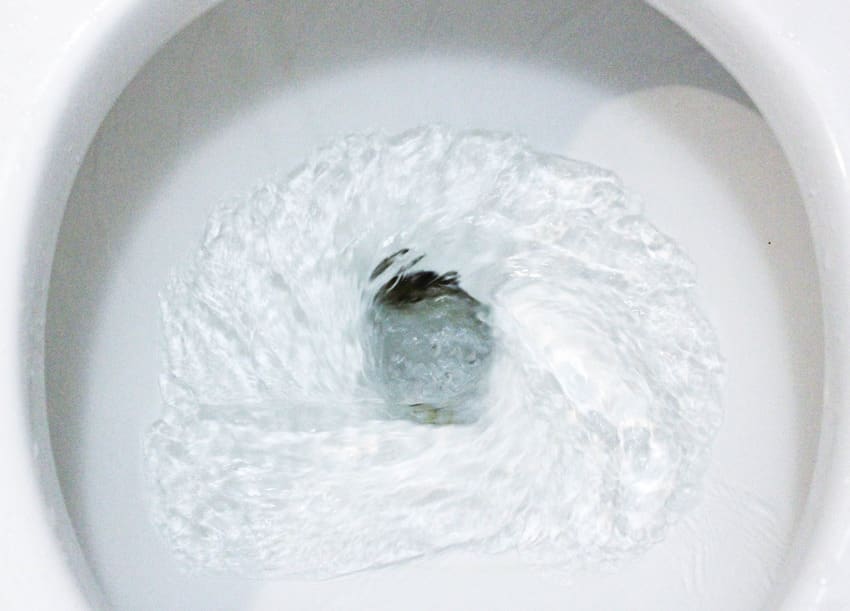
When water is applied with a downwards force to the toilet bowl, it naturally causes flush pressure. This pressure then forces the bowl contents down into its trapway, leading to a successful flush operation.
In between flushes, there’s a siphoning effect that clears the bowl before it’s refilled, ensuring that nothing gets trapped in the trapway during the process.
This mechanism is also naturally quieter compared to the other toilet flush systems.
Still, there could be instances where the trapway can get clogged when the contents don’t easily fit into the trapway. It would be wise to keep a plunger nearby just in case.
Pressure Assisted Flush
As the name suggests, a pressure-assisted flush relies on pressure instead of gravity, unlike the other toilet flush systems.
This flush system is commonly used in commercial settings, mainly because it delivers a more powerful flush and is less prone to clogging because of it.
As for this system’s pros and cons, the toilet is very easy to maintain and very rarely clogs compared to the other types of toilet flush systems.
When the button is triggered to initiate the flush, the air pressure that’s been building as the water enters the tank is released. This forcibly pulls the water down, clearing the contents of the bowl efficiently.
Dual System
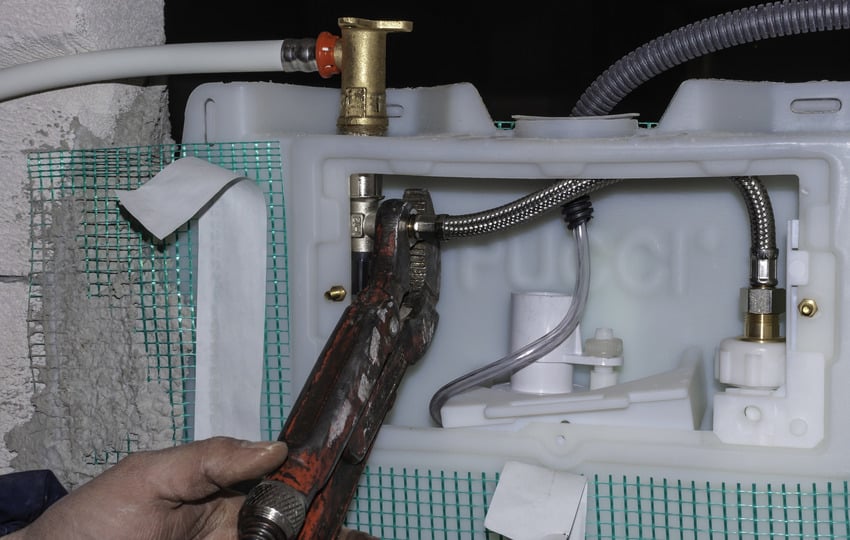
Some designs have different buttons for solids and liquids whereas others have one button that you can press in different directions, depending on the type of material you are flushing down the toilet.
Liquids don’t require much water as solid waste and this is where the beauty of the dual flush system lies. It conserves water efficiently and is not as wasteful as the other flush systems.
The only downside to this is that it’s not a common and widely available item in the US.
Double Cyclone Flush
The double cyclone flush system is one of the newer flush systems. This system was first introduced by the toilet company Toto but other manufacturers have followed suit over time.
It has actually become increasingly popular over the years. It has a propulsion system backing that employs the use of two nozzles that work by letting water pass through the tube.
During the process, a powerful siphoning effect is created, making the flush both powerful and efficient.
Despite its fancy name, it’s actually a basic mechanism that can be regarded as an upgraded version of the gravity flush system.
The only downside to this is that it can be quite difficult and expensive to find a replacement for it in the event that your toilet malfunctions or completely breaks.
Washdown Toilet
Washdown toilets are actually quite popular in Europe but are rarely seen in the US. In essence, it’s quite similar to the regular siphon toilet but it has the advantage of having a much bigger trapway.
This makes it easier to empty the contents of the toilet bowl. As a result, this also makes it less prone to clogging.
Although extremely efficient, one downside to this flushing system is that skid or water marks tend to form in the toilet bowl over time.
Tankless Flush (Rear Toilet System)
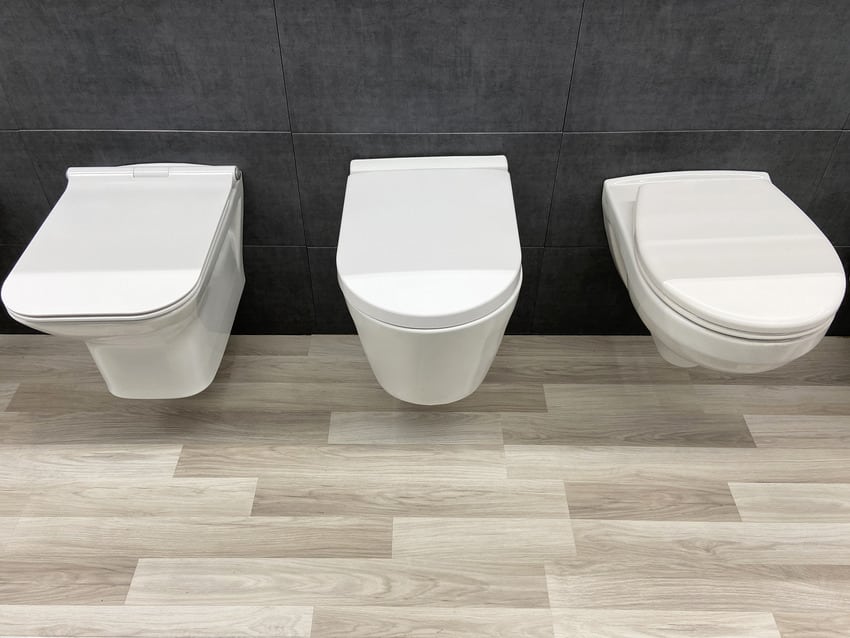
Instead, it has an electric pump that generates enough pressure and water to empty the contents of the toilet bowl through a siphon in the drainage system.
What Is The Best Toilet Flush System?
Considering all of the different toilet flush systems available in the market right now, our best bet would have to go to what most plumbers recommend, a toilet with pressure-assisted flush.
A toilet with pressure-assisted flush is efficient and has little to no maintenance requirements. It doesn’t clog, and usually comes in a wide selection of modern designs that are sure to suit your taste and design preferences. See more toilet paper holder ideas here.
These types of toilets not only effectively flush down waste, but also use less water during the process. So overall, you get all of the welcome benefits of lowering your utility bills, as well as getting a more powerful flush and better aesthetics.
How Do You Empty A Toilet?
When emptying a toilet, keep in mind that you need to drain as much water out as possible. If this is something you find perplexing, you are not alone. Check out our guide to the pros and cons of linear shower drain here.
After all, it does sound quite complicated, considering there’s water in the toilet all the time. Here are a few tips to ensure that you’re not greeted by a gurgling of water the moment that you lift your toilet bowl up.
Turn off the water and flush. Make sure that you locate the shutoff valve and turn off the water supply so that when you flush the toilet, it effectively empties the tank out and the water doesn’t automatically refill. Hold the flush lever or button down until the tank is drained out.
Finally, plunge all the water out. The siphoning effect forces the water down through the trapway, making sure that it doesn’t stay in the bowl.
There might be residual water left but this can be emptied out by either sponging or using a wet-dry vacuum.
How Do You Make Your Toilet Flush Stronger?
Over time, it can be quite common for toilet flushes to grow weaker or to not be as strong or efficient or as they used to be. The main culprit to this is sediment buildup in the jet holes and the rim feed of the toilet.
The most common elements in a sediment buildup are rust and calcium. Here’s a cost-effective way of fixing the problem.
Make sure that the toilet isn’t clogged. This is a dead giveaway. A small clog can definitely weaken your flushing system. You can check this by pouring a gallon of water on the bowl and then flushing it.
If it doesn’t flush efficiently, you most likely have a clog which you can fix with the use of a drain snake or a plunger.
Make sure that the fill line level of your toilet tank is at the same level as the water level. If it isn’t, adjust the tank float accordingly.
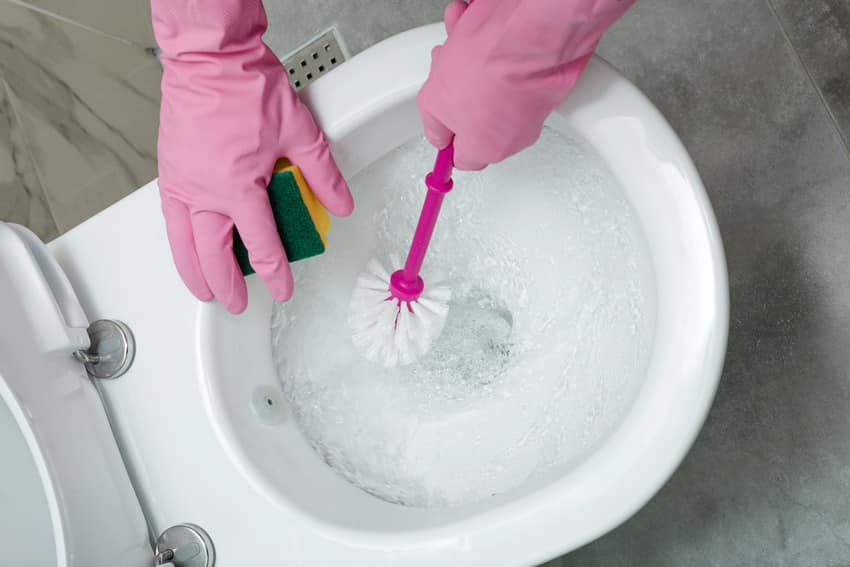
Clean out the toilet with bleach. Pour a gallon of bleach into the bowl and let it sit for 15 to 20 minutes. Make sure that your water supply is turned off so as not to dilute the concentration of the bleach. This should help loosen up any hardened bits in your trapway.
Use vinegar to clean out the toilet. The concept is similar to when you’re using bleach but with the vinegar, it’s best to start out with the toilet tank. Let it sit for about 2 hours or overnight to maximize its effects on loosening up any buildups in the tank.
How Do I Know What Kind Of Flush Valve I Need?
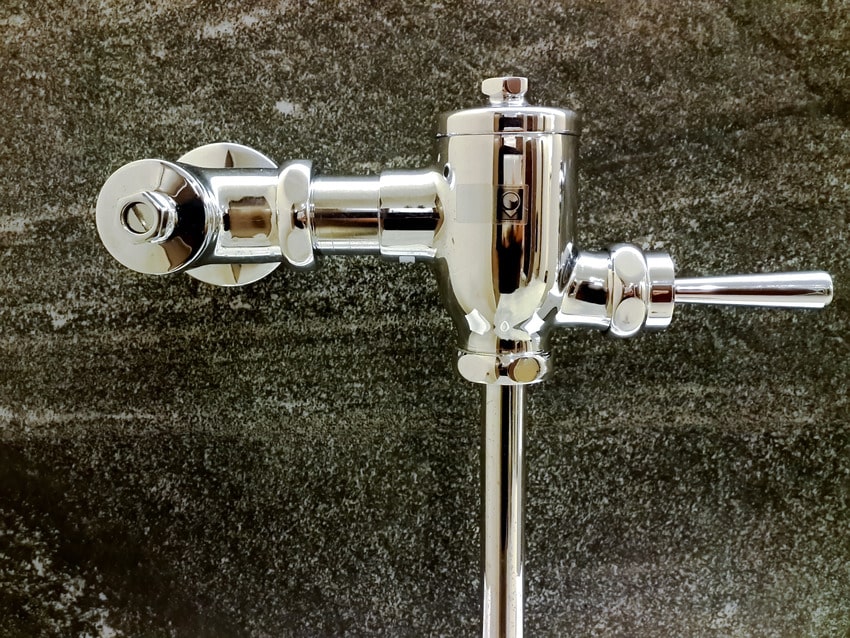
If the opening is much bigger, let’s say, similar to a softball or a small grapefruit, then you’re going to need a 3-inch seal.
What Is The Difference Between A Flush Valve And A Fill Valve?
A flush valve is located in the middle of the tank that has an overflow tube and a hole where the water passes through the bowl when the toilet is flushed. It comes with a flapper that covers the said hole when the tank is full.
Meanwhile, a fill valve employs the use of a ballcock by refilling water into the tank after the toilet is flushed and remaining there until the tank gets fully refilled. At any point in time when the water exits the tank, the valve starts working, perpetually maintaining the water level.
For more related content about the types of toilet flush systems pros and cons, check out this article on the various types of toilet seats.

